Colorado to allow food trucks at 8 selected highway rest areas
To help bring more business to food truck vendors and more meal options to commercial truck drivers, vendors are now allowed to operate at eight selected rest areas along Colorado highways.
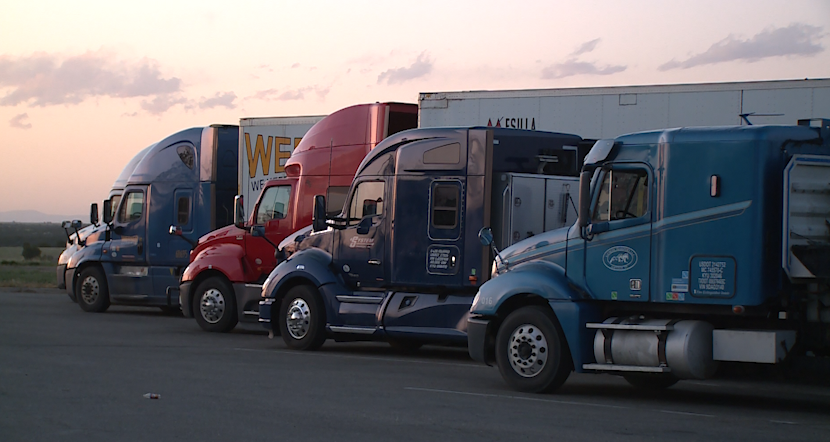
"I think it's a great idea," said trucker Osvaldo Gracia. "We can't get into some places at certain times. Go to Carl's Jr., you can't go inside of a drive-thru. If this happens, I think people will show up.
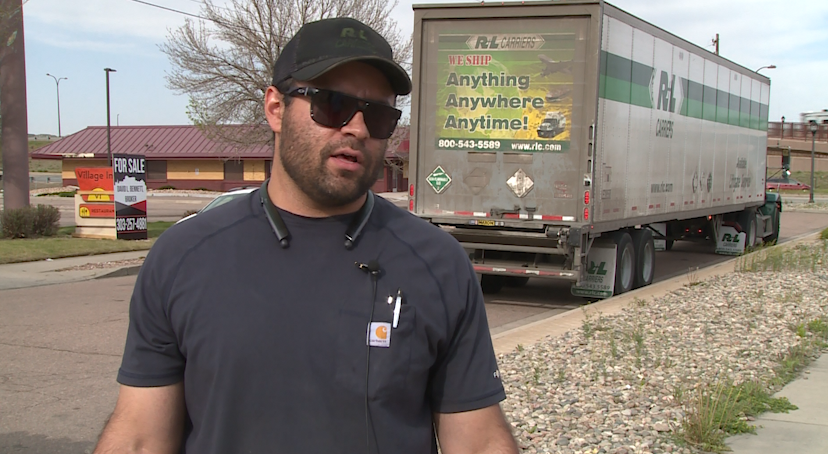
Another trucker, John Lemons, agrees.

"Yes, some of these guys have refrigerators," he said. "They can put groceries in there and get meals from that. But some depend on other food options and they need to eat. They're working hard, they're away from their homes. If this can be done safely, I'm all for it."
The Colorado Department of Transportation made the plan official Thursday, providing more details of an executive order signed last weekend by Gov. Jared Polis.

"Federal and state law normally don't allow this," said Matt Inzeo, communications director for CDOT. "But we see an opportunity to help food truck vendors who are struggling financially, as well as help truck drivers more easily find food with food choices limited because of the pandemic."

Inzeo said the idea was suggested by truckers who saw similar plans successful in other states.
A potential issue is that the eight locations are in remote areas, and the nearest to the Pikes Peak region is the rest area near Colorado City, in south Pueblo County -- 64 miles from Colorado Springs.

"That's a long way to go," said food truck owner Kirt Templeton. "You have to drive there and back, you have to bring enough food so that you don't run out, you have to keep it fresh and you need enough customers to turn a profit. I don't think it's worth it for me."
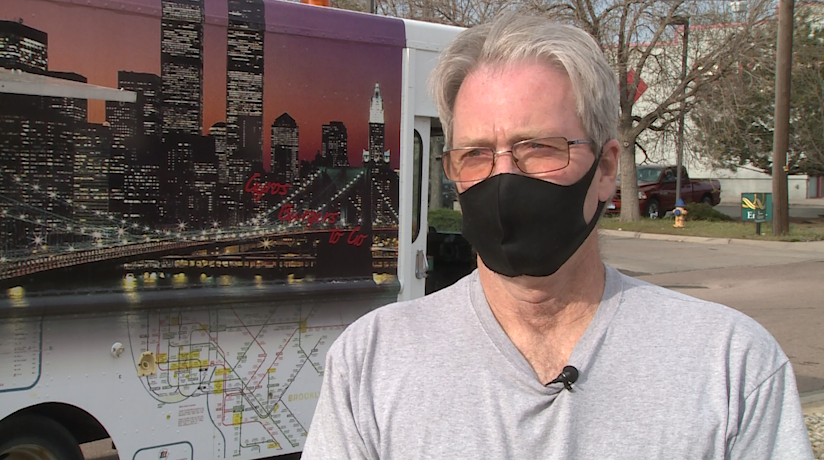
Some vendors said they'd be more willing to try the idea if they could set up at the Piñon Rest Areas north of Pueblo. But those stops are closed because there is no running water for visitors to wash their hands, and there is no funding available presently to add running water there.
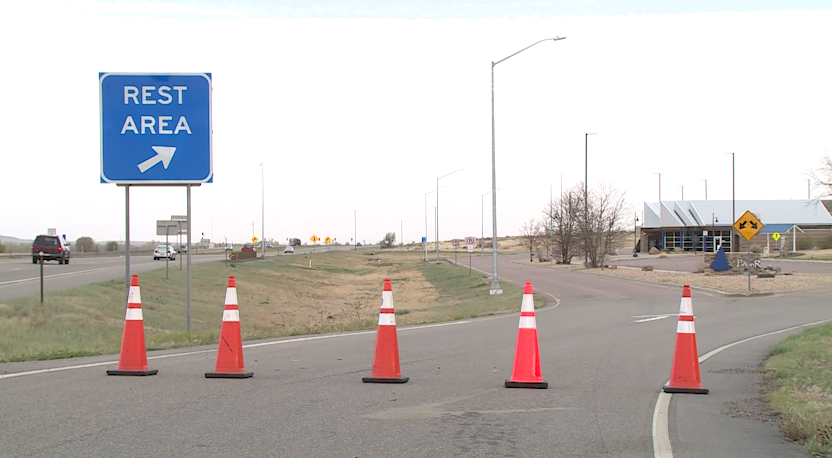
Details about how many trucks will be at a location, and hours of operation, have yet to be finalized.
"But I think I still might try it," said Eric Castellon, whose mother owns a truck. "It's a big commitment, but if it works it could be something really good. It's just hard for us to leave our current location because we're already so busy here."
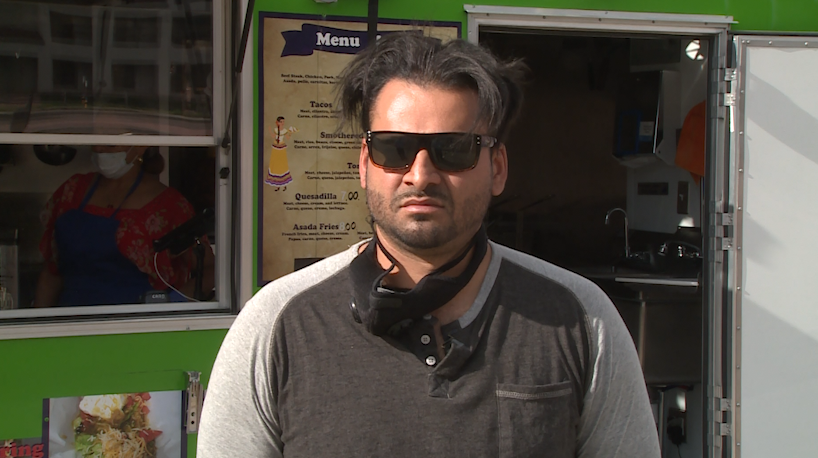
Vendors who want to participate must contact CDOT and apply for a permit to operate in the rest areas.
"We chose those eight areas because we think we'll have the most success there," Inzeo said. "Those locations also have running water so that people can wash their hands before eating. We may expand to other rest areas if the trial period is successful."
For more information, including the selected rest area locations, visit: https://www.codot.gov/travel/state-highway-rest-areas/temporary-rest-area-food-truck-permit.
